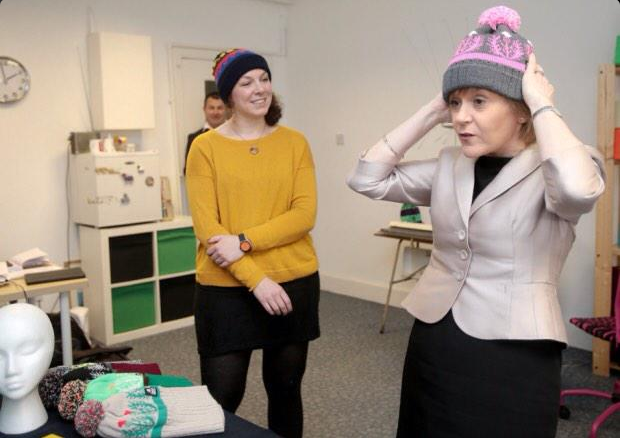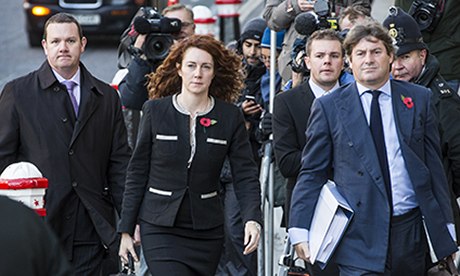No time like a general election to revive a comatose blog, eh?
Living in a London-centric world means WWP has become one of those arseholes who, rather sadly, finds it very difficult to care about political matters further north than St Albans, and on a bad day, Westminster. In fact, before I even moved here, I found myself googling the location of ‘Holyrood’ in my third year of university, thinking it must have been some hilarious typo of Hollywood. And I studied for a BSc in Politics.
One year later, it was the SNP’s year. And although a truly independent Scotland failed to materialise, the party seems to have held onto its new-found fame by booting the Lib Dems out of the General Election maker/breaker spot. Who is leading this army on this glorious road to success? Nicola Sturgeon, of kick-ass oratory skills and bad hair.
Sturgeon is near-flawless in her media skills, leaving me so impressed after an interview on Today that I felt moved to tweet about it before 8am. She was a lawyer, a regional MSP before the age of 30 and, like the vast majority of female politicians, appears hard-working, dedicated to both her job and cause. Whatever your views on the SNP, it’s hard to find fault with a leader who is neither (a) mind-numbingly fixated on the job at hand (she once interviewed Borgen star Sidse Babett Knudsen on TV) or (b) a Goddamn man.
Style-wise, her wardrobe is depressingly Theresa May: lots of matching dress/suit jackets, brooches and pearl necklaces, give-or-take a love of ironic shoes. Yet unlike May (who in the last year has tried to brand herself as some sort of style icon, with fund-raising shopping trips and Desert Island Discs proclamations of a love of Vogue), Sturgeon has the good grace to admit to her ‘meh’ choices, stating: “I’m not naturally a smart-dressing type. I’m more at home in jeans” in an interview with The Daily Record.
So why, if she’d (arguably rightly) rather concentrate on her party’s campaign rather than the Net-A-Porter sale, does she clearly invest so much time in her bad hairstyle? It’s blowdried to death, lacks any movement and staying true to the SNP’s colours, is an unappealing tone of yellow on black. Let it go Nic! Get some Kérastase treatment on that dried-out bouffant, grow out that bowl cut, put down that barrel brush and get back on the Today programme – every day, if you can.























